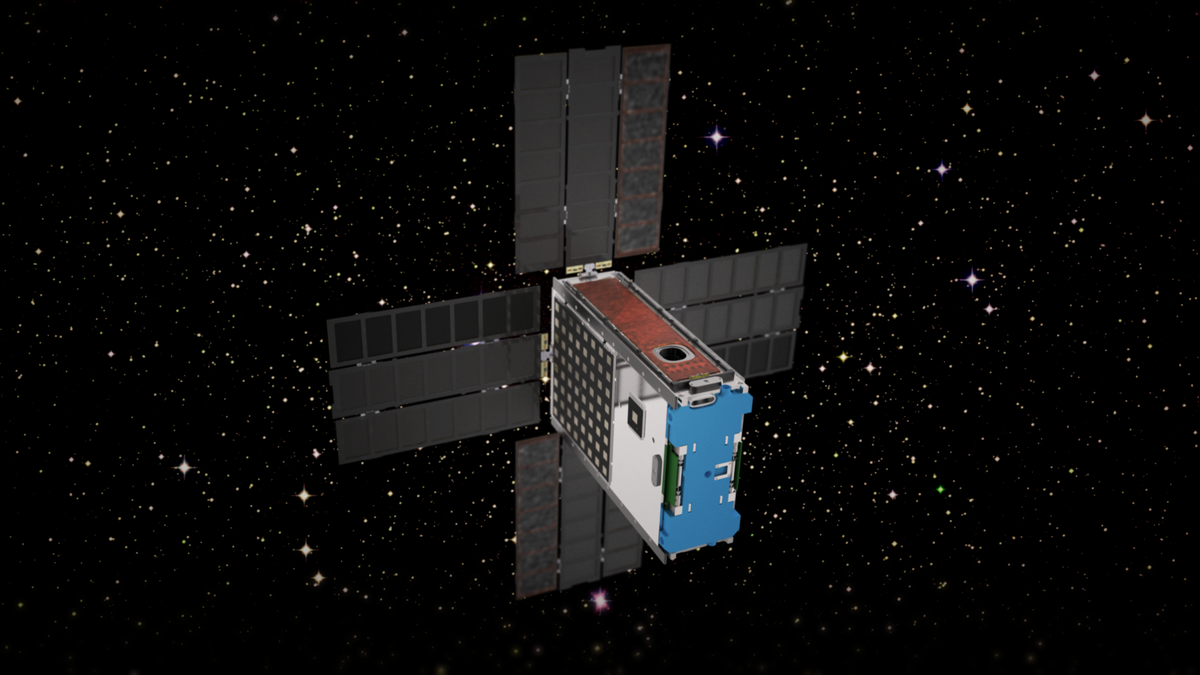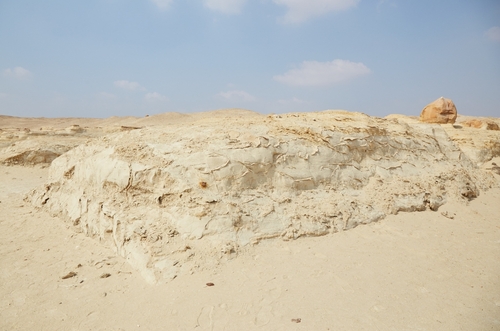Some of the Artemis 1 mission’s cubesats are thriving after launching on a moon mission on Nov. 16, but a handful are struggling in deep space.
Artemis 1, the first flight of the Artemis program, launched early in Wednesday morning (Nov. 16). NASA’s massive Space Launch System rocket successfully sent an uncrewed Orion spacecraft on a journey to the moon, along with a clutch of cubesats aiming to perform various science missions in deep space.
As of Nov. 18, NASA officials confirmed ArgoMoon, Biosentinel, Equuleus, LunaH-Map, and OMOTENASHI were all operational, although OMOTENASHI is experiencing problems in the days since and might have met its last chance to check in with Earth, according to one of the scientists on the mission. Most of the other spacecraft have also checked in since then, although some are experiencing problems.
In photos: Amazing views of NASA’s Artemis 1 moon rocket debut
NASA recharged some of the batteries on the cubesats after a September rollback of the Artemis 1 stack to shelter during a hurricane, but could not reach all of them due to design or access issues (the cubesats would have had to be removed, further delaying the launch).
The agency has not provided an official update on which cubesats were or were not recharged, although space watchers have been discussing the possibilities in social media and on forums (opens in new tab) based on any information they could gather from people involved in the various missions.
The team has until midnight tonight (JST) for their last chance at a Moon landing with OMOTENASHI. They are preparing for a long battle, but until time runs out, every possible preparation will be made for a lunar landing.https://t.co/M80aceeIaZNovember 21, 2022
Spectacular imagery, however, is already flowing in from ArgoMoon showing both the moon and the Earth, according to tweets from the official account.
Giorgio Saccoccia, president @ASI_spazio: Beautiful photos of the Earth and the Moon, our next home thanks to the #Artemis program!They were taken by our cubesat Argomoon in its transfer journey after the separation from the SLS, essential to return humanity to the Moon! pic.twitter.com/dscSRdJ6zyNovember 19, 2022
Nuovo scatto lunare per #ArgoMoon!Il satellite di @ASI_spazio sviluppato e gestito da @Argotec_Space, a bordo della missione #Artemis I della NASA, ha catturato questa splendida immagine del lato ovest della Luna da una distanza di 170.000 km dal nostro satellite pic.twitter.com/yjJFyKHv8sNovember 21, 2022
EQUULEUS and Luna-H-Map were both on track for their lunar flybys, their official Twitter accounts said the last time each updated.
EQUULEUS will then make a lunar flyby.The closest approach to the Moon will be 16:25 UTC on November 21, and the closest approach altitude is expected to be about 5000 km.Although the Moon will not be visible from Japan at the time of the flyby, we pray for the success.November 21, 2022
Spacecraft is healthy and all systems are GO for upcoming lunar flyby at 10:30AM Eastern. Moon neutrons incoming!November 21, 2022
Lunar IceCube was confirmed as healthy after deployment on Nov. 17, according to the official Twitter account.
NASA’s Lunar IceCube mission has made contact after deployment during @NASAArtemis launch. No bigger than a shoebox, Lunar IceCube includes Goddard’s BIRCHES instrument, which will use an enhanced infrared spectrometer to locate and study lunar ice. https://t.co/hWGvNmYhCsNovember 17, 2022
The CubeSat to study Solar Particles (CuSP) has been checking in regularly with NASA’s Deep Space Network since launching, according to a Twitter update from a person working at one of the dishes in Canberra, Australia.
Early morning in Canberra and DSS36 supporting ARGO , DSS35 CUSP and DSS34 Artemis. DSS43 not in frame is supporting HMAP pic.twitter.com/U7WB8LEwnWNovember 17, 2022
Other spacecraft are struggling, however, and have not made contact with Earth since launching.
OMOTENASHI is past its expected deadline to check in for an expected moon landing and its status remains uncertain at this time.
Terran Orbital, which runs the LunIR spacecraft, has not provided an update on its deployment since launch on Nov. 16. Reports from users on Twitter suggest that the spacecraft may be experiencing anomalies after launching to space.
🛰️ Two’s Company! 🛰️#LunIR joins #CAPSTONE as 2nd #TerranOrbital-developed #lunar satellite to launch this year in support of @NASA’s #Artemis programFull Press Release: https://t.co/9zwSIrKeeZ$LLAP #NASA #lockheedmartin #KSAT #infrared #mooncamera #sls #orion #launch pic.twitter.com/fYc5hNNFGCNovember 16, 2022
Near Earth Asteroid (NEA) Scout has also been silent since launching, although efforts are ongoing to recover it with NASA’s Deep Space Network of antenna dishes.
Radio communications also have not yet been established for the citizen scientist cubesat Team Miles, according to people on Twitter listening in for the CubeSats.
The status of the 10 Artemis ridesharesoperationalArgoMoonBioSentinelCuSPEQUULEUSLunaH-MapLunar IceCubeup, but anomaliesLunIROMOTENASHInot yet NEA ScoutTeam Mileshttps://t.co/Qt6oHpCZXdNovember 19, 2022
Elizabeth Howell is the co-author of “Why Am I Taller (opens in new tab)?” (ECW Press, 2022; with Canadian astronaut Dave Williams), a book about space medicine. Follow her on Twitter @howellspace (opens in new tab). Follow us on Twitter @Spacedotcom (opens in new tab) or Facebook (opens in new tab).














